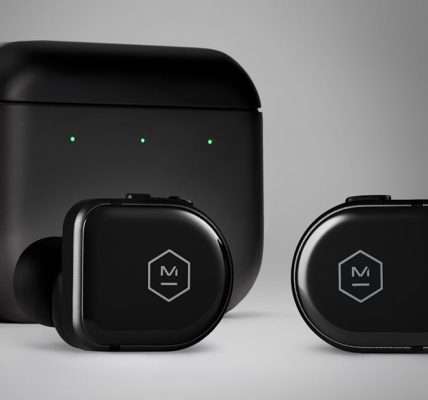The digital landscape is vast and constantly evolving, bringing with it both incredible opportunities and potential pitfalls. One such pitfall is adware, a type of software that, while often presented as harmless, can be a significant source of annoyance and even pose security risks. Understanding what adware is, how it operates, and how to protect yourself from it is crucial in today’s connected world. This article aims to provide a comprehensive overview of adware, exploring its definition, various types, common features, and effective strategies for prevention and removal.
Defining Adware: Beyond the Pop-Up Ads
Adware, short for “advertising-supported software,” is a type of software that displays unwanted advertisements to the user. These ads can take many forms, including pop-up windows, banners, and even injected ads within web pages. While some adware is legitimate and included with software packages as a way to offset development costs, much of it is intrusive and unwanted, often installed without the user’s explicit consent. This unwanted adware can significantly degrade the user experience and, in some cases, compromise their security.
Types of Adware: From Nuisance to Security Threat
Adware isn’t a monolithic entity; it comes in several forms, each with its own characteristics and potential risks:
- Legitimate Adware: Distributed with user consent, often bundled with freeware or shareware. Ads are usually displayed within the application itself and are often removable with a paid upgrade.
- Potentially Unwanted Programs (PUPs): These programs often sneak onto your system bundled with other software. They might change your browser settings, install toolbars, or display intrusive ads. While not strictly malicious, they are highly undesirable.
- Malicious Adware: This is the most dangerous type. It can track your browsing history, steal personal information, and even install other malware on your system. It often arrives disguised as a legitimate program.
Features of Adware: Recognizing the Signs
Identifying adware can be tricky, as it often operates subtly. However, several telltale signs can indicate its presence on your system:
Excessive Pop-up Ads: A sudden increase in the number of pop-up ads, especially when browsing websites that don’t usually display them.
Browser Hijacking: Your homepage or search engine changes without your permission.
New Toolbars or Extensions: Unfamiliar toolbars or browser extensions appear that you didn’t install.
Slow System Performance: Adware can consume significant system resources, leading to slowdowns and sluggish performance.
Unexpected Software Installations: Software appears on your system that you don’t remember installing.
Adware often gets installed when users download software from untrusted sources or click on misleading advertisements. Pay close attention to the installation process of any software, and always read the terms and conditions carefully. Uncheck any boxes that offer to install additional software or toolbars that you don’t want. Using a reputable antivirus program and keeping your software up to date can also help protect against adware.
Protecting Yourself from Adware: A Proactive Approach
Prevention is always better than cure when it comes to adware. Here are some steps you can take to minimize your risk:
- Download Software from Trusted Sources: Only download software from official websites or reputable download platforms.
- Read Installation Agreements Carefully: Pay close attention to the installation process and uncheck any boxes offering to install bundled software.
- Use a Reputable Antivirus Program: A good antivirus program can detect and remove adware before it can cause harm.
- Keep Your Software Up to Date: Software updates often include security patches that protect against vulnerabilities that adware can exploit.
- Be Wary of Suspicious Links and Attachments: Avoid clicking on links or opening attachments from unknown senders.
Removing Adware: Taking Back Control
If you suspect that you have adware on your system, there are several steps you can take to remove it:
1. Run a Scan with Your Antivirus Program: Your antivirus program should be able to detect and remove most types of adware.
2. Use an Adware Removal Tool: Several dedicated adware removal tools are available that can effectively remove stubborn adware infections. Malwarebytes is a popular option.
3; Uninstall Suspicious Programs: Review your installed programs and uninstall anything that you don’t recognize or remember installing.
4. Reset Your Browser Settings: Resetting your browser settings can remove unwanted toolbars and extensions.
FAQ: Frequently Asked Questions About Adware
- Is all adware harmful?
- No, some adware is legitimate and used as a way to offset the cost of free software. However, much of it is intrusive and can pose security risks.
- How does adware get on my computer?
- Adware often gets installed when you download software from untrusted sources, click on misleading advertisements, or open malicious email attachments.
- Can adware steal my personal information?
- Yes, some types of adware can track your browsing history, steal personal information, and even install other malware on your system.
- How can I protect myself from adware?
- Download software from trusted sources, read installation agreements carefully, use a reputable antivirus program, and keep your software up to date.
- What should I do if I think I have adware?
- Run a scan with your antivirus program, use an adware removal tool, uninstall suspicious programs, and reset your browser settings.


